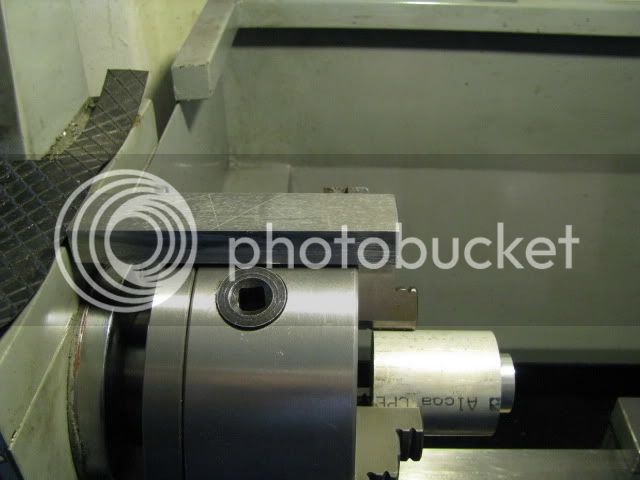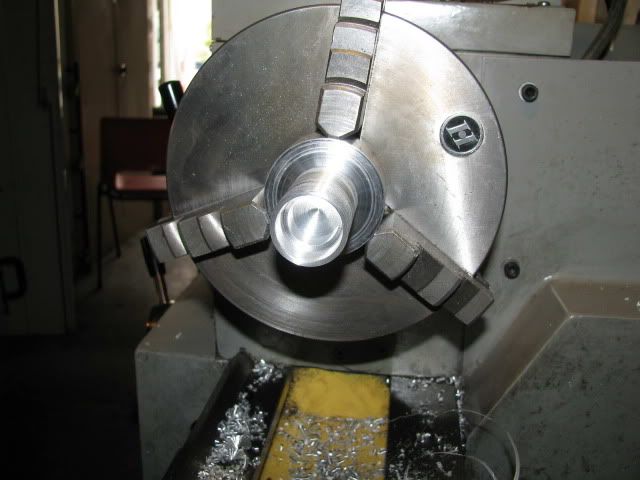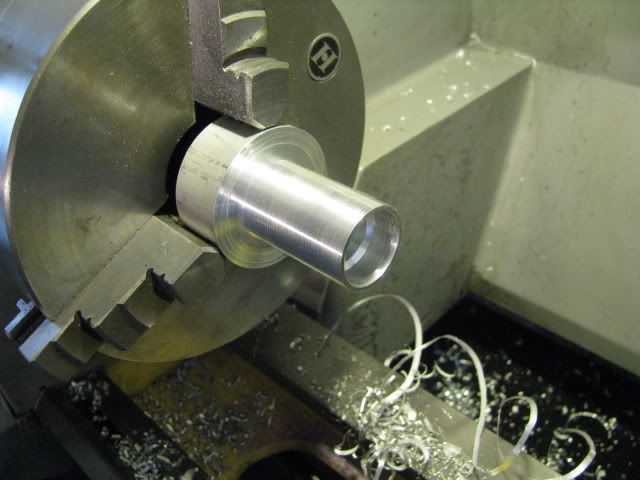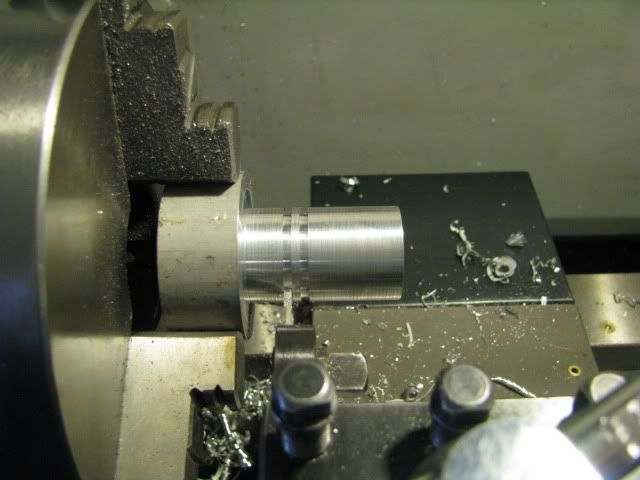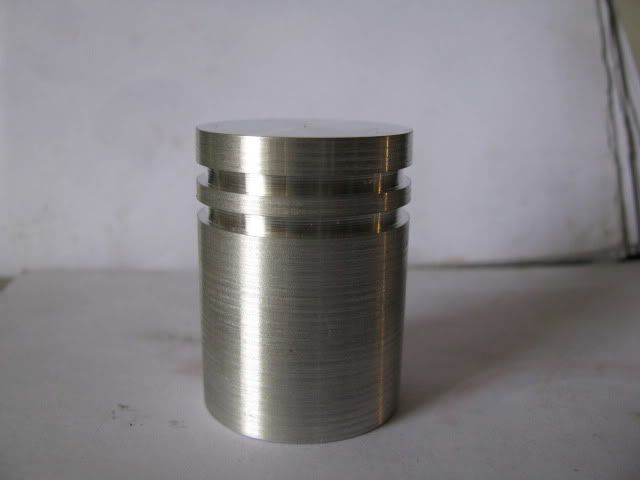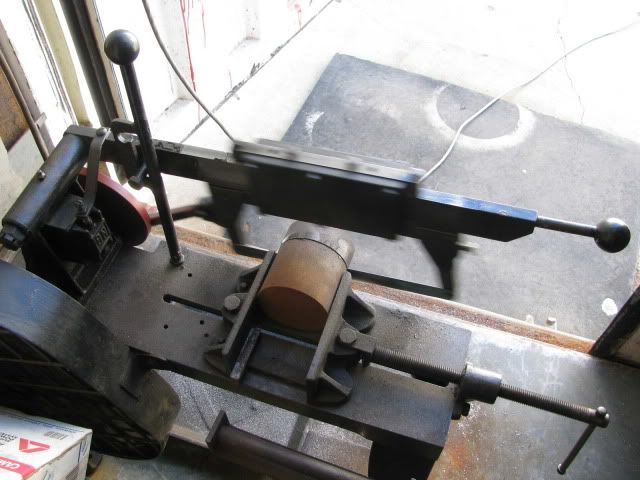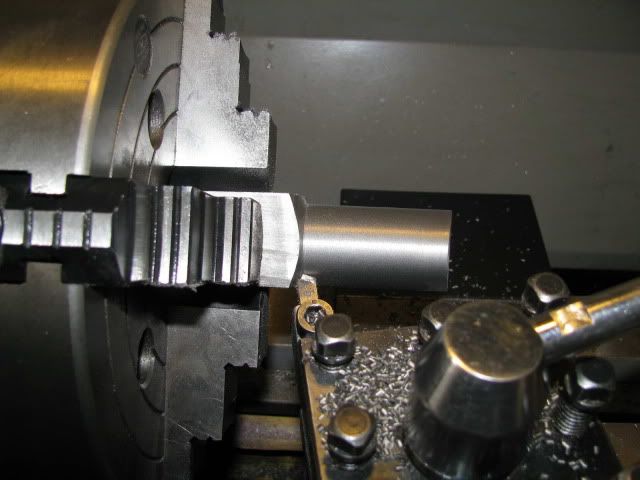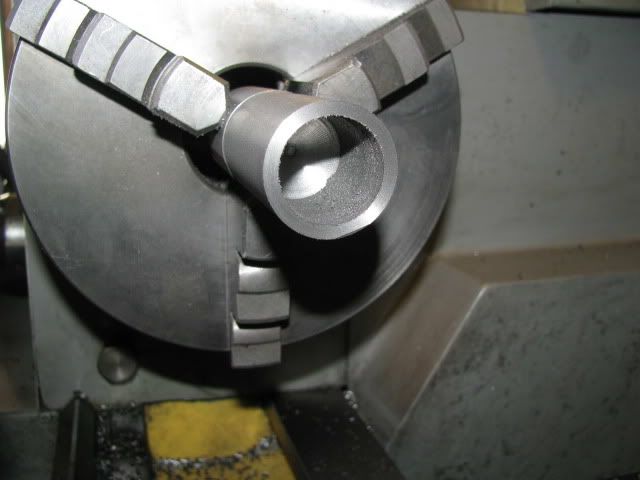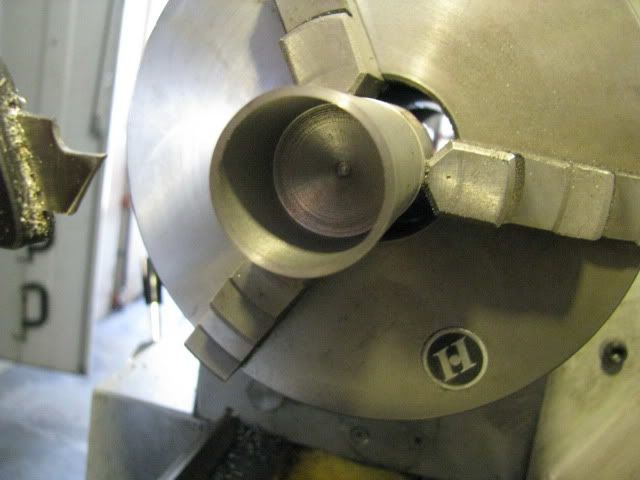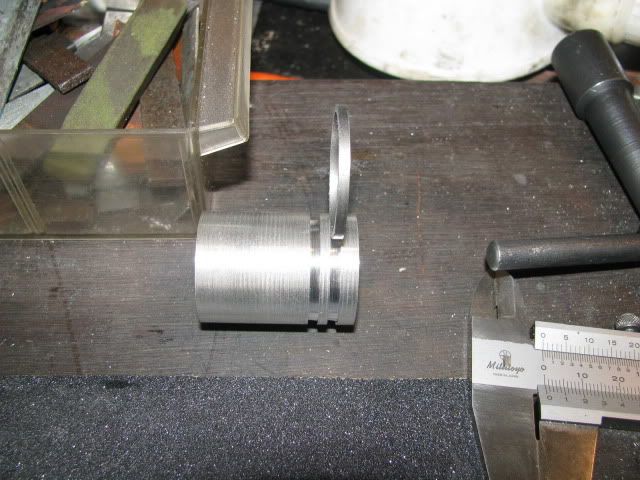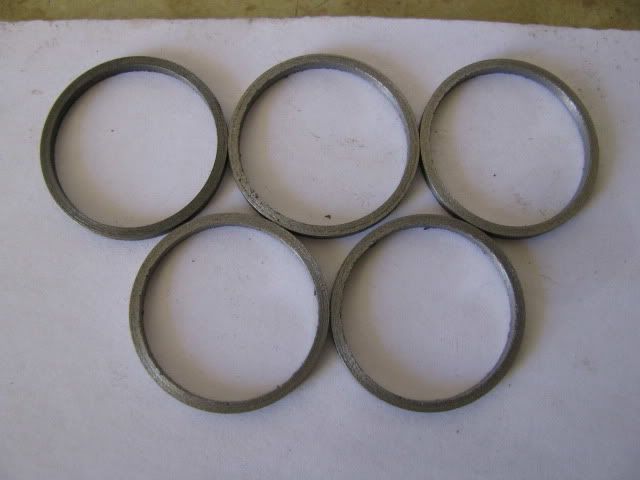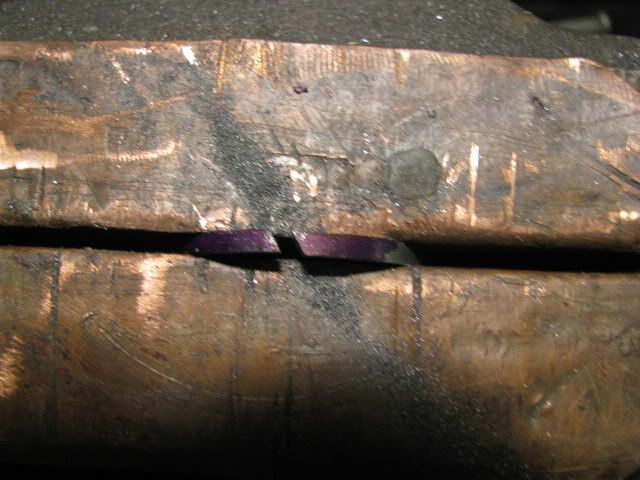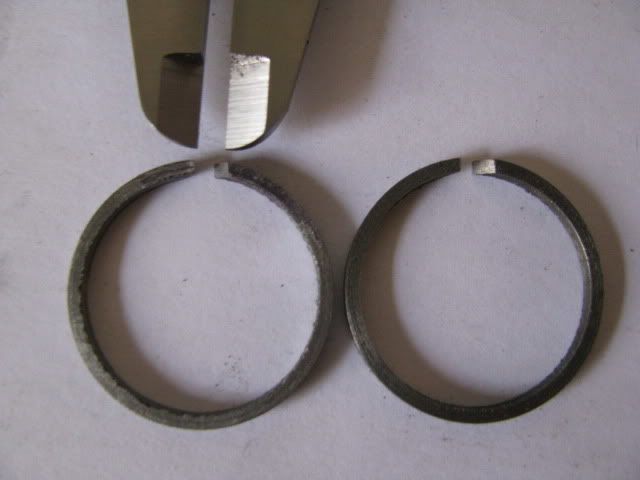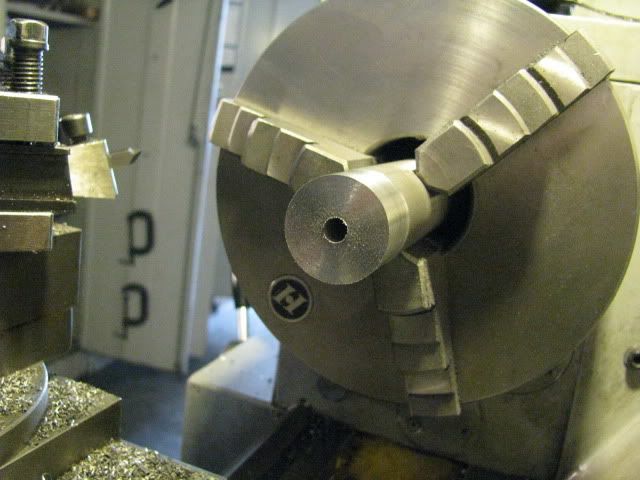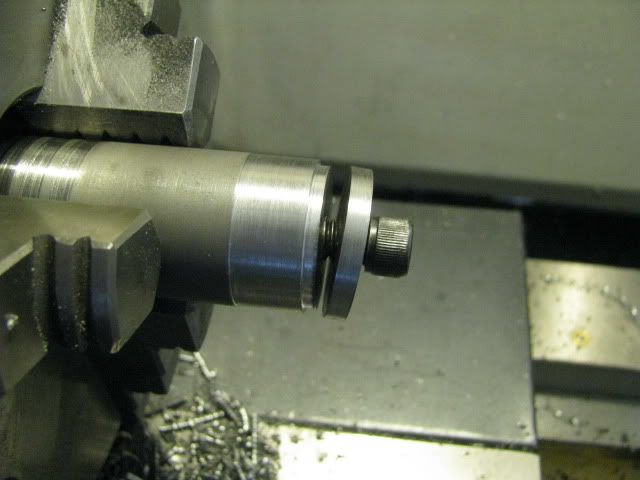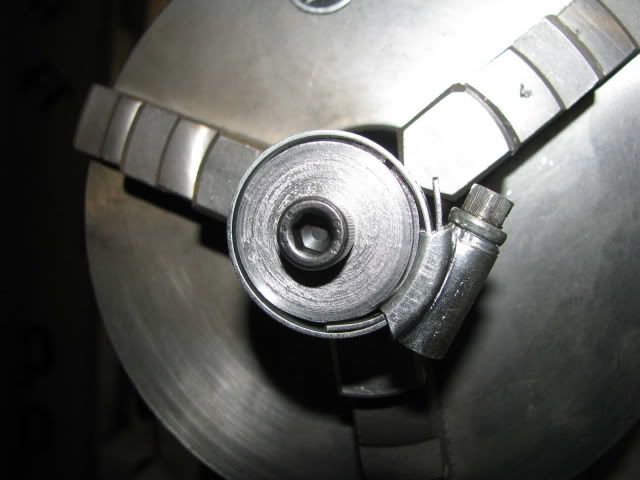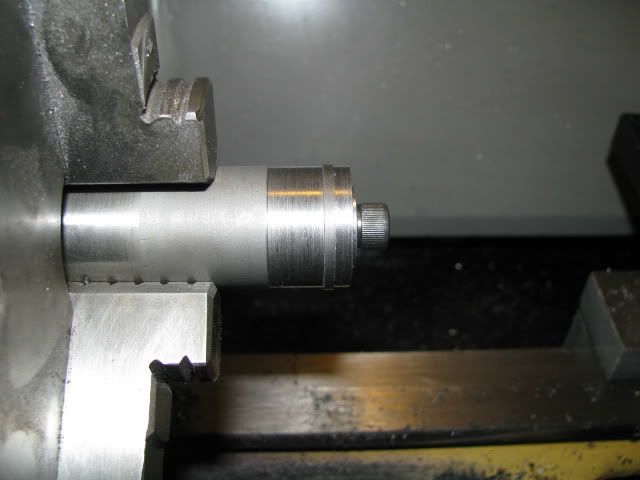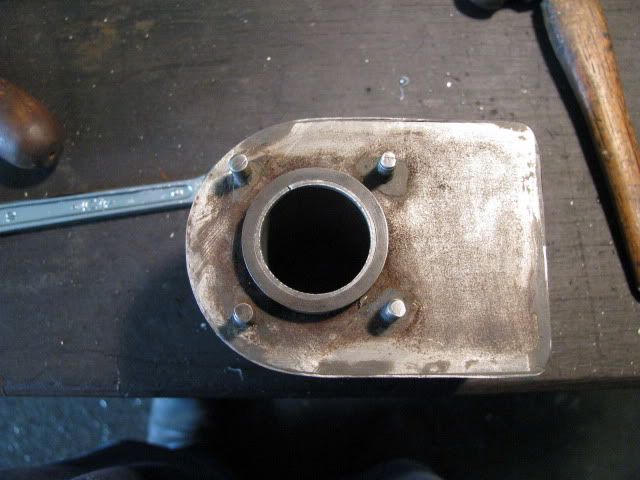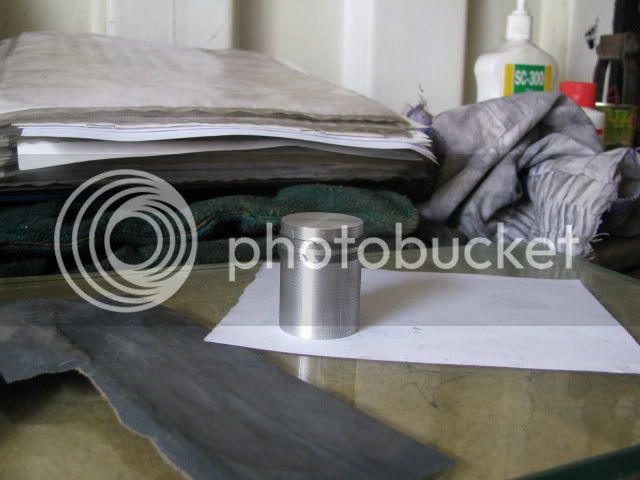Maryak
Well-Known Member
- Joined
- Sep 12, 2008
- Messages
- 4,990
- Reaction score
- 77
Hi Guys,
Talk about Gerry and the Hat-Tricks. : I was wandering aimlessly about our nearest shopping mall yesterday, waiting the interminable wait of one whose better half is a shopaholic when Bam, thought of the week, I'll go and join the local library.
I was wandering aimlessly about our nearest shopping mall yesterday, waiting the interminable wait of one whose better half is a shopaholic when Bam, thought of the week, I'll go and join the local library. 
Found the place, went in and signed my life away thus allowing me to borrow from any of the 5 libraries within our local council.
Lo and behold, leaping off the shelf at me was Tubal Cain's "Spring Design & Manufacture," No. 19 from the Workshop Practice Series.
Aha, I need to make some valve springs and governor springs for this engine, just the thing.
As one who has used many springs over the years I had never given them much thought. Wow, they are a science and an art in their own right.

A great little book and I hope I can do it justice when the time comes.
Best Regards
Bob
Talk about Gerry and the Hat-Tricks. :
Found the place, went in and signed my life away thus allowing me to borrow from any of the 5 libraries within our local council.
Lo and behold, leaping off the shelf at me was Tubal Cain's "Spring Design & Manufacture," No. 19 from the Workshop Practice Series.
Aha, I need to make some valve springs and governor springs for this engine, just the thing.
As one who has used many springs over the years I had never given them much thought. Wow, they are a science and an art in their own right.

A great little book and I hope I can do it justice when the time comes.
Best Regards
Bob





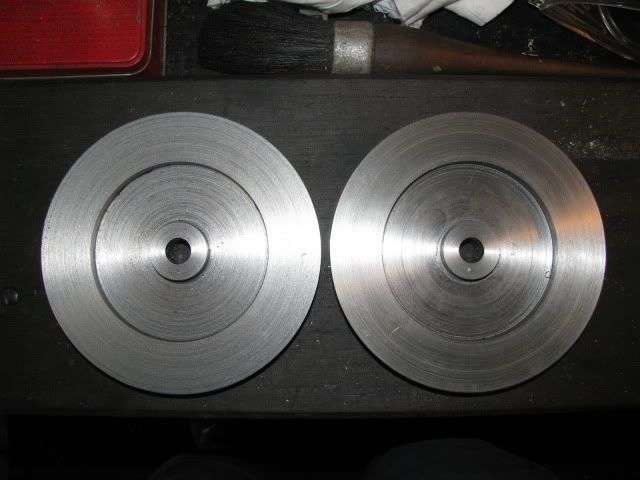
























![DreamPlan Home Design and Landscaping Software Free for Windows [PC Download]](https://m.media-amazon.com/images/I/51kvZH2dVLL._SL500_.jpg)



















